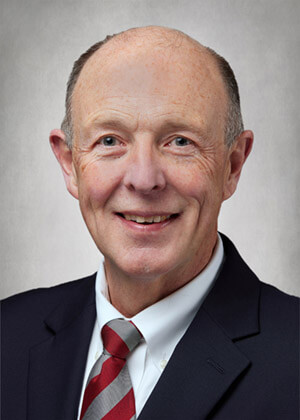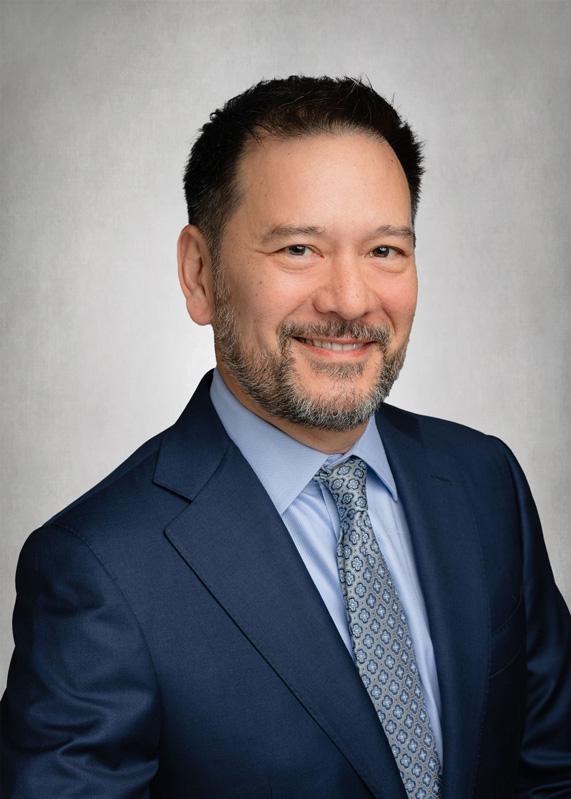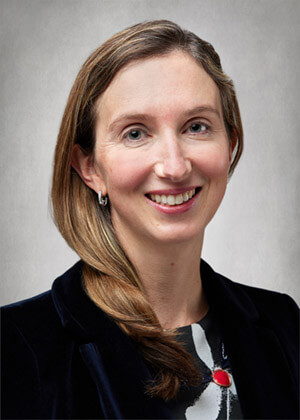Oculoplastic / Cosmetic
Oculoplastic Surgery is performed by OCB’s comprehensively-trained eye surgeons (ophthalmologists) with further specialized training in plastic and reconstructive surgery as it relates to the eye and surrounding structures. We offer state of the art procedures including the following:
BOTOX
BOTOX® Cosmetic is a prescription medicine that is injected into muscles and used to improve the look of moderate-to-severe frown lines between the brows in people 18 to 65 years of age for a short period of time (temporary).
BOTOX® Cosmetic is administered by a healthcare professional as a simple, nonsurgical treatment that is injected directly into the muscles between the brows. It works by blocking nerve impulses to the injected muscles. This reduces muscle activity that causes moderate to severe lines to form between the brows.

Ptosis and Dermatochalasis
Over time, individuals may develop droopy eyelids (ptosis) or brows. Apparent lid drooping can occur from excess eyelid skin and fatty tissue (dermatochalasis). The lid conditions may be aesthetically objectionable or may interfere with function by settling in front of the eye and blocking the field of view. The excess skin and fatty tissue can affect the lower lids as well.
Your doctor will determine whether you have ptosis of the eyelid or brow, excess skin or fat, or a combination of these, and will suggest treatment for your particular situation. Surgery is performed using light sedation and a local anesthetic. The incisions are typically concealed in a naturally occurring crease of the eyelid skin. Surgery ranges from 1-2 hours, and you are able to go home the same day. Usually, you will be seen one week after surgery for suture removal. Some degree of swelling and bruising around the eyelids is expected and typically resolves over a period of 1-2 weeks.
Insurance may cover these procedures, if deemed medically necessary based on specific criteria. In some cases, photographs and visual field testing may be part of the preoperative evaluation. Rejuvenation or cosmetic surgery is not covered by insurance.
Eyelid Malposition
The eyelids are designed to protect the eyes. As we age, the lid structures may stretch and weaken and cause the lid to fall out of position. The lid can potentially migrate down or away from the eye surface (ectropion) or may rotate inward toward the surface (entropion). This may cause eye irritation which in turn may cause the eye to water.
Surgery can often restore the normal eyelid anatomy. The procedure is performed under mild sedation along with local anesthesia and typically takes under 1 hour. Most patients notice improvement of their symptoms once the eyelid position is corrected.
Tear Drainage Problems
There are many reasons for people to have tearing eyes. In some cases, surgery may be able to reduce the amount of watering. The tears normally drain from the surface of the eye through tear drain channels beneath the skin and into the nose. If the drainage system is blocked, the tears cannot leave the surface of the eye and may spill onto the cheek. Your surgeon will determine whether the drainage system is working properly or whether a blockage is present.
If a blockage is present at the drain opening at the inner corner of the eyelid (“punctum”), your surgeon may suggest a procedure to widen this opening (“punctoplasty”). This usually takes 20 minutes and is performed with local anesthesia. If the blockage occurs further in the drainage system pathway (“nasolacrimal duct”), you may require surgery to bypass the blockage and create a new pathway for tears to drain into the nose. The surgery, called DCR (“dacryocystorhinostomy”) takes approximately 1 hour and is typically performed while you are under general anesthesia. The procedure has a very high success rate (>90%), but some patients may require additional surgery to improve their tearing.
Anophthalmia (Loss of an Eye)
The loss of an eye (anophthalmia) can be a difficult adjustment. An eye and sight can be severely damaged by injury or certain diseases. If all or part of a blind eye has to be removed, an implant material is placed in the eye socket and the eye movement muscles are unaffected or attached to the implant. After the socket has healed, an ocularist will custom design a replica false eye, or prosthesis. Although commonly referred to as a “glass eye”, it is composed of a plastic polymer designed with a realistic cosmetic appearance. The ocularist will polish or adjust the prosthesis periodically. The oculoplastic surgeon may periodically check the health of the anophthalmic socket of the remaining eye. Continued comprehensive eye care and use of protective eyewear is encouraged to maintain the health of the remaining eye.
Skin Cancers of the Eyelid
Skin cancer can occur on the eyelids. Risk factors can include fair skin type and increased exposure to sunlight. The most common types of skin cancers are basal cell carcinoma and squamous cell carcinoma. Features that might raise concern include new growth, change in color, spontaneous bleeding, lash loss, or itching. Each lesion will be evaluated and your doctor will discuss with you if they should be observed, biopsied, or removed. The diagnosis may need to be ascertained with a biopsy. A biopsy usually takes 15 minutes and is performed using local anesthesia. If the biopsy indicates a skin cancer (tumor), additional surgery may be necessary to clear a margin free of tumor. The amount of additional surgery depends on the type and extent of skin cancer present, with the goals of removing the entire tumor and reconstructing the eyelids to restore a normal appearance and proper eyelid function.



